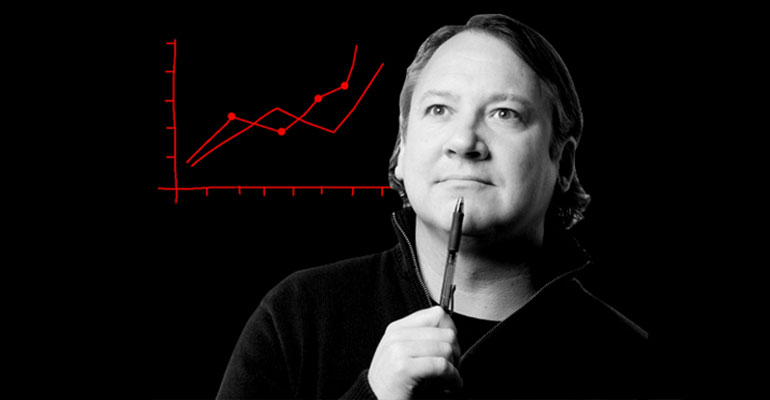The role of the CIO will cease to exist, according to some IT experts and thought leaders over the past few years. The world of IT has been taken over by cloud computing, that leads some to believe CIOs will be replaced by Cloud Service Brokers. Others say that delivering the best customer experience will be the basis for IT operations and therefore CIOs will have to make way for Chief Customer Officers.
Some took it further, saying the IT department will cease to exist completely.
Chris Gabriel, CTO of Logicalis, tackles this discussion and believes that CIOs are far from irrelevant in the context of the new ‘agile business’ reality. In fact, he believes that the CIO will be more crucial than ever – driving a service-led transformation of the IT function, from overhead to pseudo service provider and vital business enabler.
Voices predicting the CIOs demise grew louder over the past few years with the rise of cloud-based platforms, software and infrastructure. Consumerisation of technology and growth of cloud-hosted services gave customers the power to connect directly with service providers to make their decision. Other departments such as HR or Marketing could purchase software for the organisation without consulting IT, which resulted in the term Shadow IT (or Stealth IT). Inevitably, the role of the CIO was questioned.
This was also fueled by revelations that CIOs, and IT departments in general, spent most of their time doing day-to-day technology management. A Logicalis survey conducted last year uncovered two key figures:
- 53% of CIOs spend 70% or more of their time on day-to-day management of technology;
- 80% of CIOs spend at least half of their time on low value, non-strategic activity.
So, how can CIOs ensure they don’t become extinct?
Chris Gabriel believes that far from accepting defeat, CIOs need to re-invent the role of the CIO and the IT function altogether – as a critical connector between the business, its technologies, IT service needs and the range of providers they work with. Through this, Chris suggests, “the IT function can become a kind of pseudo service provider, freed from the burden of supporting legacy technology and instead focused on selecting and delivering technology solutions that support business agility and which are aligned to a wider business strategy”.
The CIOs surveyed echoes these thoughts – 75% of them want to spend at least half their time on strategic initiatives. They want to explore technology such as mobility and business analytics, as well as scrutinize the allocation of the technology budget to ensure investments made are those that enable the business’ strategic goals.
CIOs are moving from becoming IT experts, advisors and providers to what Chris Gabriel refers to as the Internal Enterprise Service Provider (IESP), “an organisation comparable with the managed and cloud service providers – that is armed with compelling service portfolios coupled with agile operational, cost and consumption models”.
To become the IESP, IT firstly needs to make way for change. Logicalis’ research found that CIOs first want to reduce the support and maintenance burden on IT departments. This can be done by streamlining and optimising legacy IT systems and making better use of managed service partners.
The second and possibly most important step is a change in the mindset of CIOs, IT specialists and the entire business in the way they perceive the IT function. The perception of IT must be changed from one of “the technology problem fixer” to the “provider of strategic technology solutions”.
Only then will IT be a true Internal Enterprise Service Provider.
This IESP function will be defined by a “service-centric approach – focusing every action on delivering what the business wants most – a transformative user centric experience built using services from the most appropriate source”, according to Chris.
This will include:
- Delivering a 360° user experience
- Moving from managing technology to offering a well-defined service portfolio
- Selling the IT function to the business based on service value
- Adopting pre-validated architecture
- Embracing personal automation
- Transitioning staff from being experts in technology management to best practice exponents of service definition, delivery and user experience
- Adopting Service Management (ITSM) best practive
- Being unafraid to look externally first
We’ll have to keep a close eye on the changes in CIOs and IT over the coming years to see if CIOs will succeed in becoming Internal Enterprise Service Providers.
Read the three-part series on The Future of the CIO here.



